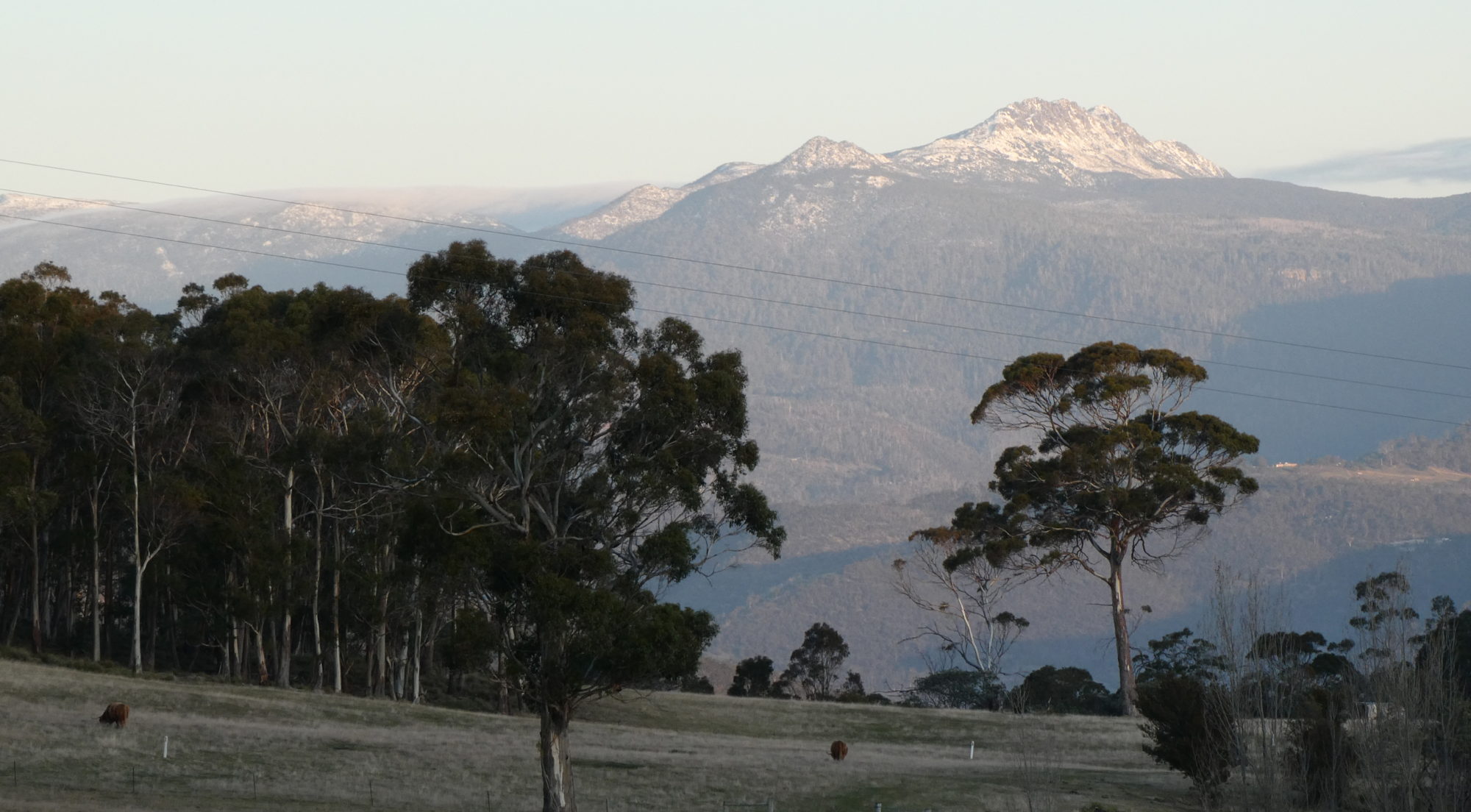John Reid
The present discussion arose from Sustainable Fuel by Pyrolysis of Wood. There we considered the pyrolysis of waste wood from timber operations for the purpose of creating a general purpose liquid fuel. It is a general method by which an energy-rich waste material can be economically exported from the forest. Bio-Oil and Charcoal-Water Slurry (CWS) are rival candidates. A comprehensive review review of bio-oil technology is provided by Mohan, Pittman and Steele (2006) (MPS) which can be downloaded here, MohanEtAl2006 (167 pages).
Charcoal-Water Slurry has not, itself, been considered nearly so extensively as Coal-Water Slurry. There is considerable literature concerned with Coal-Water Slurry. (The acronym CWS will be used for both.) The latter is now a well established technology; CWS pipelines are used to convey coal from mines to power stations in western USA .
An early review of CWS fuels is given by Papachristodoulou and Trass (1987). More than 60 citations are given in the link. Notably, very few of these citations refer to work by Western authors and institutions, particularly the more recent papers. A possible reason for this is suggested in the abstract to a Pakistani paper by Muzammil et al (2012), viz.: The ravaging energy demand hike has raised stern concern and distress in the world. There is an exigency for the alternate fuel for thermal power sector other than, heavy fuel oil and natural gas, since the conventional fossil fuel reserve are at the threshold point and depleting at very fast rate… In the West the fuel crisis of the 1970s prompted some research into alternative fuels but since then the emphasis has been on reducing emissions and on popular shibboleths concerning coal. Elsewhere the reality of the rapid depletion of global oil reserves has been recognised.
Bio-Oil Issues
According to MPS bio-oil is not nice stuff. It is chemically and physically unstable, acidic and has low energy density.
Bio-oil is made by the rapid pyrolysis of wood. This means that the wood must be finely powdered and flash heated so that vapour does not re-condense and react chemically with cooler parts of the feedstock. This alone makes it unsuitable for field pyrolysis.
It changes its viscosity spontaneously and tends to gum-up diesel injectors. Its carbon atoms are partially oxidated (to the same degree as wood) and it does not mix with fossil fuel hydrocarbons so it cannot be used as an additive.
Charcoal-Water Slurry
Charcoal is almost chemically pure carbon and contains neither sulphur nor clay. It is soft and easily ground into fine powder for suspension in water. A comparison of charcoal and coal slurries has been carried out by Patton, Steele and Yu (2009) who state:
Coal-fired diesel engines utilizing coal-water slurries have been intensively investigated by previous researchers. Specialized coal-water slurries injection equipment was developed to handle the slurries, and hard materials were used to handle the abrasion due to coal ash. Charcoal-based water slurries are shown to result in dramatically reduced engine abrasion problems compared to coal. An economic comparison of charcoal-based water slurries to diesel fuel for fueling diesel engines shows promise for the charcoal-based water slurries diesel fuel. In addition, the potential supply of charcoal is adequate to supply 75% of current diesel fuel consumption.
According to Laskowski (2013), writing about coal-based CWS:
CWS must be pumpable and this requirement translates into sufficiently low viscosity, but CWS may be stored in tanks over a long period of time, and thus must also exhibit sufficient sedimentation stability. Different additives are required to reduce viscosity and to increase stability.
Dispersants. Many low molecular weight polymers (MW < 100 000 daltons) adsorb onto coal surfaces and can be used as dispersants for coal–water suspensions. All good coal dispersants are also very efficient depressants for coal flotation. Both anionic (e.g., carboxym-ethyl cellulose, humic acid, polystyrene sulfonate, etc.) and non-ionic (dextrin) depress coal flotation and, by dispersing coal particles, improve CWS’s stability. While good stability requires steric stabilization, a good slurryability requires strong electrostatic stabilization.
Further research may be required to find the optimum dispersant for CWS sourced from eucalypt charcoal. One possibility is sodium lignosulfonate, a by-product of the paper industry.
Implementation
A commercially viable, sustainable, general purpose diesel fuel, charcoal-water slurry or CWS, can be made from charcoal. This is done by conversion of forestry waste via slow pyrolysis to form the charcoal which is then milled to a fine powder and converted to slurry by mixing with water and a suitable dispersant. These are simple processes which can be carried out in the forest close to timber getting operations in order to reduce handling and transport of waste feedstock.
Ideally the first machines to utilise the new fuel will be those used in forestry operations themselves, so reducing fuel costs and making forestry a fully carbon neutral industry. Once seen to be practicable, the technology can be applied to other woody waste materials such as sugarcane bagasse.
As fossil fuel costs rise, sustainable fuels such as charcoal CWS will become increasingly competitive. In any event, “firming” of wind and solar supplies with auxiliary generators will inevitably require a fully sustainable fuel supply if the goal of net-zero carbon emissions is to be achieved and fossil fuels phased out.

